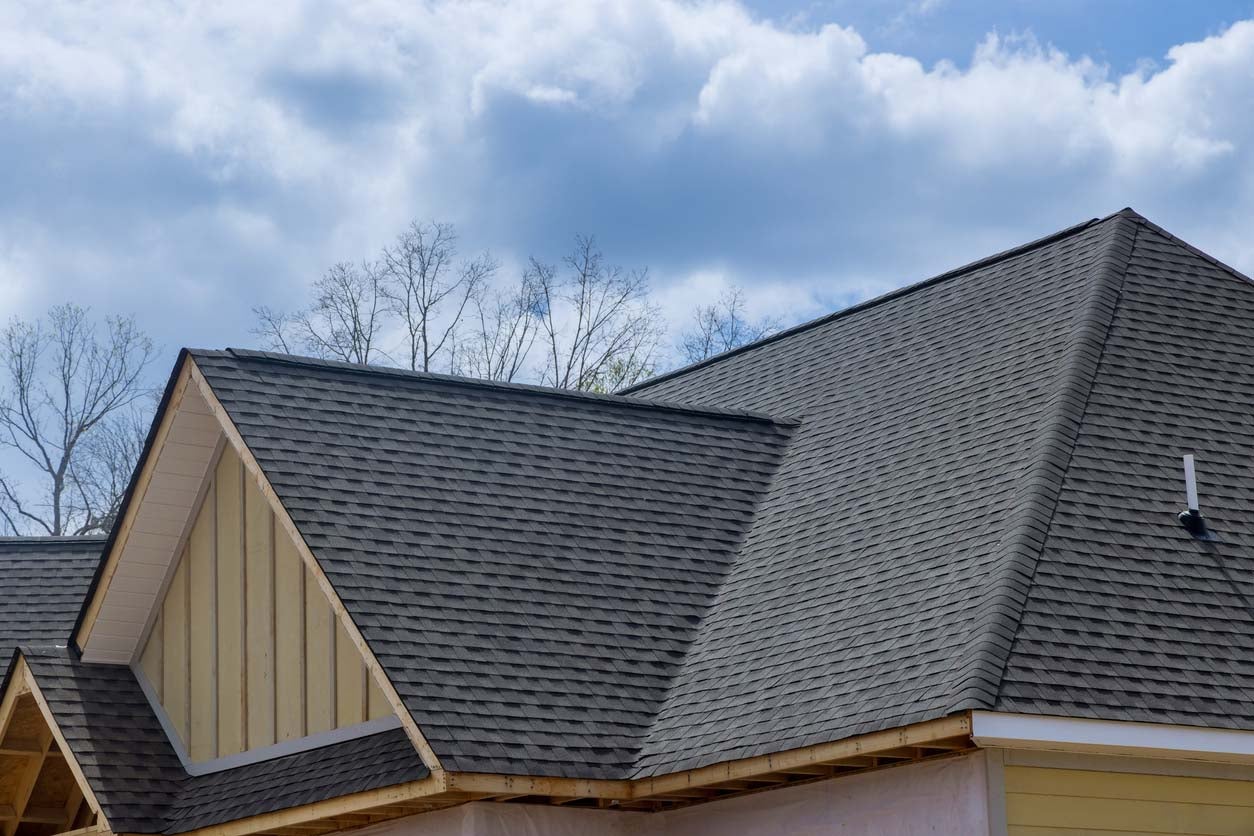

Articles
How Much Does A Shingle Roof Cost
Modified: May 6, 2024
Discover the average cost of shingle roof installation and replacement. Read our articles to get detailed information and make an informed decision.
(Many of the links in this article redirect to a specific reviewed product. Your purchase of these products through affiliate links helps to generate commission for Storables.com, at no extra cost. Learn more)
Introduction
When it comes to protecting your home, a sturdy roof is essential. And when it’s time to replace or install a new roof, one of the most popular options is shingle roofing. Not only are shingle roofs durable and versatile, but they also come at a relatively affordable cost compared to other roofing materials.
In this article, we will explore the factors that influence the cost of a shingle roof, the different types of shingles available, additional costs to consider, and the average cost of shingle roof installation. Whether you’re a homeowner or a contractor, understanding the cost factors and options available will help you make informed decisions about your roofing project.
Key Takeaways:
- Factors such as roof size, pitch, choice of shingles, and local labor costs influence the cost of shingle roof installation. Consulting with reputable roofing contractors is essential for accurate estimates based on specific needs.
- While DIY installation may save on labor costs, professional installation ensures expert workmanship, reduces the risk of costly mistakes, and provides long-term benefits. Exploring cost-saving strategies and maintaining good communication with your contractor can help achieve a beautiful and durable shingle roof within budget.
Read more: How Much Does Roof Trusses Cost
Factors that Influence Shingle Roof Cost
Several factors come into play when determining the cost of a shingle roof. These factors can vary depending on the specific requirements of your project. Here are some of the main factors that can influence the cost:
- Roof Size: The size of your roof is one of the primary factors that impacts the overall cost. The larger the roof, the more materials and labor will be required.
- Roof Pitch: The pitch or slope of your roof affects the complexity of the installation process. Steeper roofs may require additional safety measures and can increase labor costs.
- Choice of Shingles: Different types and brands of shingles have varying costs. Basic three-tab asphalt shingles are the most affordable option, while premium architectural shingles or specialty options like cedar shakes can be more expensive.
- Roof Access: If your roof has limited accessibility due to surrounding structures or landscaping, the installation process may require additional time and effort, which can contribute to higher costs.
- Local Labor Costs: Labor costs can vary depending on your location. Areas with higher costs of living or higher demand for roofing services may have higher labor rates.
- Additional Features or Upgrades: Factors such as the number of roof vents, skylights, chimneys, or the need for new flashing can add to the overall cost of the project.
It’s important to consider these factors when estimating the cost of your shingle roof installation. Consulting a professional roofing contractor can provide you with a more accurate cost assessment based on your specific needs and preferences.
Key Takeaways:
- Factors such as roof size, pitch, choice of shingles, and local labor costs influence the cost of shingle roof installation. Consulting with reputable roofing contractors is essential for accurate estimates based on specific needs.
- While DIY installation may save on labor costs, professional installation ensures expert workmanship, reduces the risk of costly mistakes, and provides long-term benefits. Exploring cost-saving strategies and maintaining good communication with your contractor can help achieve a beautiful and durable shingle roof within budget.
Read more: How Much Does Roof Trusses Cost
Factors that Influence Shingle Roof Cost
When it comes to installing or replacing a shingle roof, several factors can have an impact on the overall cost. Understanding these factors will help you make informed decisions and budget accordingly for your roofing project. Here are the main factors that influence shingle roof cost:
Roof Size: The size of your roof is one of the key factors that determines the cost of the project. The larger the roof, the more materials and labor will be required. Roofers typically measure the square footage of the roof to estimate the amount of shingles needed and calculate the labor hours involved.
Roof Pitch: The pitch or slope of your roof is another consideration that affects the complexity of the installation process. Steeper roofs require additional safety measures and may require specialized equipment or techniques. The increased labor and safety requirements can contribute to higher costs.
Choice of Shingles: There are various types of shingles available, each with its own cost. Basic three-tab asphalt shingles are the most affordable option, while architectural shingles or specialty options like cedar shakes tend to be more expensive. The type of shingles you choose will impact the material cost per square foot.
Roof Access: The accessibility of your roof can impact the cost of installation. If your roof has limited access due to surrounding structures or landscaping, it may require additional time and effort for the installation team to complete the project. Complex access can lead to increased labor costs.
Local Labor Costs: Labor costs can vary depending on your location and the availability of skilled roofers. Areas with higher costs of living or high demand for roofing services tend to have higher labor rates. It’s important to research local labor costs to estimate the potential expenses for your shingle roof installation.
Additional Features or Upgrades: The presence of additional features or upgrades can add to the cost of your shingle roof. For example, if you need new roof vents, skylights, chimneys, or if the installation requires new flashing, these elements will increase the overall cost of the project. It’s essential to account for any additional features you may want or need when budgeting for your shingle roof installation.
Considering these factors will help you estimate the cost of your shingle roof installation more accurately. Remember that each roofing project is unique, and costs may vary depending on specific circumstances. Consulting with a reputable roofing contractor will provide you with a detailed assessment and a more accurate estimate based on your individual needs and preferences.
Types of Shingles and their Costs
When it comes to shingle roofs, there are several types of shingles to choose from, each with its own characteristics and cost. Understanding the different options available will help you make an informed decision that suits your budget and aesthetic preferences. Here are some common types of shingles and their costs:
Asphalt Shingles: Asphalt shingles are the most popular and affordable option for shingle roofs. They are made from fiberglass or organic materials coated with asphalt. Asphalt shingles come in two main varieties: three-tab shingles and architectural shingles. Three-tab shingles are the basic, budget-friendly option, while architectural shingles offer a more dimensional appearance and enhanced durability. The cost of asphalt shingles typically ranges from $1.50 to $5.50 per square foot.
Wood Shingles and Shakes: Wood shingles and shakes offer a natural and timeless look. They are typically made from cedar, redwood, or pine materials. Wood shingles are precision-cut, uniform in size and thickness, while shakes are hand-split for a more rustic appearance. Wood shingles and shakes require regular maintenance and may be subject to fire codes in certain areas. The cost of wood shingles and shakes ranges from $5.00 to $9.00 per square foot.
Metal Shingles: Metal shingles, often made of aluminum or steel, are known for their durability and longevity. They are available in various styles and finishes, including options that resemble traditional shingles or tiles. Metal shingles are lightweight, fire-resistant, and energy-efficient. The cost of metal shingles typically ranges from $7.00 to $12.00 per square foot.
Slate Shingles: Slate shingles are crafted from natural stone and are renowned for their elegance and durability. They are available in different sizes and thicknesses, and can be individually added to the roof. Slate shingles are highly resistant to fire, wind, and impact. However, the installation of slate shingles requires specialized expertise and can be costly. The cost of slate shingles can range from $15.00 to $30.00 per square foot.
Tile Shingles: Tile shingles, typically made from clay or concrete, are a popular choice for Mediterranean or Spanish-style homes. They offer excellent durability and can withstand extreme weather conditions. Tile shingles come in different shapes and styles, such as flat tiles and barrel tiles. The cost of tile shingles generally ranges from $7.00 to $15.00 per square foot.
It’s essential to consider the cost, durability, maintenance requirements, and aesthetic appeal of each type of shingle when making your decision. Additionally, consult with a professional roofing contractor to determine which type of shingle is best suited for your specific climate and structural needs.
Additional Costs to Consider
When budgeting for a shingle roof installation, it’s important to consider not only the cost of the shingles themselves but also additional expenses that may arise throughout the project. Understanding these extra costs will help you plan your budget more accurately. Here are some additional costs to consider when installing a shingle roof:
Roof Deck Repair or Replacement: Before installing new shingles, it’s crucial to assess the condition of the roof deck. If there is damage or rot, it may need to be repaired or replaced. The cost of roof deck repairs can vary depending on the extent of the damage, but it’s important to budget for this potential additional expense.
Removing Old Shingles: In some cases, the existing shingle roof may need to be removed before the new shingles can be installed. The cost of removing the old shingles will depend on factors such as the size of the roof, the number of layers, and any additional disposal fees. It’s essential to account for the cost of shingle removal when estimating the overall project expenses.
Roof Ventilation: Proper ventilation is essential for maintaining the longevity of your shingle roof. Ventilation helps to regulate temperature and reduce moisture build-up, which can affect the lifespan of the shingles. Installing or upgrading roof vents may be necessary, and the cost will depend on the type and number of vents needed.
Flashing Replacement: Flashing is used to protect vulnerable areas of your roof, such as around chimneys, skylights, and vents, from water infiltration. If the existing flashing is damaged or worn out, it may need to be replaced during the shingle roof installation. The cost of flashing replacement will depend on the amount of flashing required and the complexity of the installation.
Gutter Installation or Replacement: If your existing gutters are old or damaged, it may be necessary to install new gutters during the roof installation. Properly functioning gutters are crucial for directing water away from your home’s foundation. The cost of gutter installation will depend on the size and material of the gutters.
Additional Structural Modifications: If your roofing project involves any structural modifications, such as adding or removing skylights, vents, or chimneys, the cost of these changes should be taken into account. Structural modifications may require permits and additional labor, which can contribute to the overall expenses.
When planning for a shingle roof installation, it’s important to consult with a professional roofing contractor who can assess your specific needs and provide you with an accurate estimate that includes these additional costs. By accounting for these expenses upfront, you can ensure your budget aligns with the total cost of the project.
Get multiple quotes from different roofing companies to compare prices and ensure you’re getting a fair deal. Consider the quality of materials and the reputation of the company when making your decision.
Read more: How Much Does Roof Maxx Cost
Average Cost of Shingle Roof Installation
The cost of a shingle roof installation can vary depending on several factors such as the size of the roof, the type of shingles chosen, the region, and the complexity of the project. However, to provide a general idea, we can look at the average cost range for shingle roof installation.
On average, the cost of installing a shingle roof can range from $5,000 to $12,000, with the national average falling at around $8,000. This estimate typically includes both materials and labor costs.
The average cost per square foot for a shingle roof installation is approximately $3.50 to $8.50. However, it’s important to note that this price can fluctuate depending on various factors such as the choice of shingles, roof size, pitch, and any additional features or upgrades.
For an average-sized home with a roof measuring around 2,000 square feet, the total cost of a shingle roof installation can range from $7,000 to $17,000. Keep in mind that this is just a rough estimate and the actual cost may vary based on the specific circumstances of your project.
It’s important to get detailed quotes from multiple roofing contractors to get a more accurate assessment of the cost for your specific roofing project. Each roofing project is unique, and factors like local labor rates and any additional requirements can impact the final cost.
During the estimation process, the roofing contractor will consider factors such as the roof size, pitch, accessibility, the type of shingles selected, any additional features, and the complexity of the job. The quote provided by the contractor should outline the breakdown of costs, including materials, labor, and any additional expenses like removing the old shingles or repairing the roof deck.
It’s worth noting that while it may be tempting to choose the lowest bid, it’s crucial to consider the reputation and experience of the contractor. Quality workmanship is crucial for the longevity and performance of your shingle roof, so it’s recommended to prioritize superior workmanship and reliability over price alone.
By gathering multiple quotes and conducting thorough research, you can make an informed decision when it comes to the average cost of shingle roof installation to ensure the best outcome for your home and budget.
DIY vs. Professional Installation Costs
When it comes to installing a shingle roof, homeowners often consider the option of DIY installation to potentially save money. While DIY projects can be rewarding, it’s important to carefully evaluate whether it’s the right choice for your specific circumstances. Let’s compare the costs and considerations between DIY and professional installation:
DIY Installation Costs:
DIY installation can save you money on labor costs, as you won’t need to hire a professional roofer. However, it’s important to factor in the costs of materials and equipment. DIY installation may require investing in specialized tools and safety equipment if you don’t already have them. Additionally, if any mistakes are made during the installation, it can be costly to fix them or even result in damage to your property.
Professional Installation Costs:
Hiring a professional roofing contractor ensures expert workmanship and reduces the risks associated with DIY installation. The contractor will have the necessary experience, skills, and equipment to complete the job efficiently and effectively. While professional installation comes at a higher upfront cost due to labor expenses, it can provide long-term benefits in terms of quality, durability, and warranty coverage.
It’s important to consider several factors when deciding between DIY and professional installation:
Expertise and Skill: Roof installation requires specific knowledge and skills, including proper shingle installation, flashing, and ensuring proper ventilation. Professional roofers are trained to handle these tasks safely and efficiently, reducing the risk of errors that may cost you more in the long run.
Time and Effort: Installing a shingle roof is a labor-intensive process that can be time-consuming, especially for those without experience. A professional roofing crew can complete the installation faster, minimizing disruption to your daily life.
Cost of Mistakes: Mistakes made during DIY installation can result in costly repairs. Professional contractors carry insurance coverage, protecting you in case of any damage or errors during the installation process.
Warranty Coverage: Many shingle manufacturers provide warranties that require professional installation. Installing the roof yourself may void these warranties, leaving you responsible for any future issues.
It’s essential to weigh the savings of DIY installation against the potential risks and long-term costs. If you’re confident in your abilities, have experience in roofing, and are equipped with the necessary tools, DIY installation may be a viable option. However, for most homeowners, professional installation provides peace of mind, quality workmanship, and long-term value.
Consulting with reputable roofing contractors can help you determine the best course of action based on your specific needs, budget, and level of expertise. They can provide you with a detailed estimate, discuss potential challenges, and offer advice to ensure the successful installation of your shingle roof.
Tips for Saving Money on Shingle Roof Installation
Installing a shingle roof can be a significant investment, but there are several ways to save money without compromising on quality or durability. Here are some tips to help you save money on your shingle roof installation:
1. Get Multiple Quotes: It’s always a good idea to obtain quotes from multiple roofing contractors. This will allow you to compare prices and ensure you are getting a competitive offer. However, remember that the lowest bid may not always mean the best quality, so consider the reputation and experience of the contractor as well.
2. Choose the Right Shingles: Consider your budget and the specific needs of your home when choosing shingles. Asphalt shingles are generally the most affordable option, but you can still find a range of styles and colors to suit your preferences. Opting for standard three-tab shingles instead of premium architectural shingles can help save on material costs.
3. Consider Roofing Bundles or Special Offers: Some roofing manufacturers offer bundle deals or special promotions that can help reduce the cost of materials. Keep an eye out for these offers and ask your contractor if they have any preferred suppliers or discounted options.
4. Explore Financing Options: If your budget is tight, explore financing options available through the roofing contractor or through external financing companies. Many contractors offer financing plans that can help you spread the cost of your shingle roof installation over a more manageable period.
5. Opt for Off-Season Installation: Roofing contractors tend to be busiest during the summer months, which can drive up labor costs. Consider scheduling your installation during the off-season, such as the spring or fall, when contractors may be more willing to offer discounted rates to fill their schedule.
6. Maintain Good Communication: Clear and open communication with your roofing contractor is crucial. Discuss your budget and try to work together to find cost-saving solutions that meet your needs. Be upfront about your budget limitations, and ask for any cost-saving recommendations they may have.
7. Consider Energy-Efficient Options: While energy-efficient shingles may come with a slightly higher upfront cost, they can provide long-term savings on your energy bills. These shingles are designed to reflect more sunlight and reduce heat absorption, resulting in lower cooling costs during hot summer months.
8. Proper Maintenance: Protect your investment by regularly maintaining your shingle roof. Keep the gutters clean, inspect for any signs of damage or leaks, and remove any debris that may accumulate on the roof. By staying proactive, you can prevent costly repairs or premature replacement down the line.
9. DIY Prep Work: If you’re comfortable with basic DIY tasks, you can save on labor costs by preparing the area yourself. This can include removing any obstacles from the roof, clearing the workspace, and ensuring easy access for the roofing crew. However, leave the actual installation to the professionals unless you have prior experience and proper safety equipment.
Remember, saving money should not come at the expense of quality or proper installation. It’s crucial to hire a reputable roofing contractor who can deliver high-quality workmanship and ensure your shingle roof is installed correctly. By implementing these cost-saving tips and working closely with your contractor, you can achieve a beautiful and durable shingle roof within your budget.
Conclusion
Installing a shingle roof is a significant investment in the protection and aesthetics of your home. Understanding the factors that influence shingle roof costs, considering the different types of shingles available, and factoring in additional expenses will help you make informed decisions and budget accordingly.
Factors such as the size of your roof, the pitch, the choice of shingles, roof access, and local labor costs all play a role in determining the overall cost of your shingle roof installation. It’s essential to gather multiple quotes from reputable roofing contractors to get an accurate estimate based on your specific needs.
The cost of shingle roof installation can range from $5,000 to $12,000 on average. The type of shingles you choose, such as asphalt, wood, metal, slate, or tile, will impact the material costs. Additionally, factors like roof deck repair, removing old shingles, roof ventilation, flashing replacement, and gutter installation should be taken into account when budgeting for your project.
When it comes to installation, you have the option of DIY or hiring a professional roofing contractor. While DIY can save on labor costs, it requires the necessary skills, equipment, and could result in expensive mistakes. Professional installation provides expertise, efficiency, and warranty coverage that ensures high-quality workmanship that will last for years to come.
There are various ways to save money on your shingle roof installation. Getting multiple quotes, choosing the right shingles for your budget, exploring financing options, scheduling the installation during the off-season, and maintaining good communication with your contractor are all effective strategies. Proper maintenance of your shingle roof will also help prevent costly repairs or premature replacement in the future.
In conclusion, investing in a shingle roof is a crucial step in protecting your home. By understanding the cost factors, exploring your options, and implementing cost-saving strategies, you can achieve a beautiful and durable shingle roof that meets your budget and enhances the value of your property.
After learning about the costs of shingle roofs, you might wonder how expenses stack up for a full roof replacement. Roof upkeep is no small feat, and knowing what's on your financial horizon can save both headaches and dollars. If you're considering updating or replacing your roof soon, our detailed guide on roof replacement costs offers essential insights to help you budget smartly. With practical advice tailored to various roofing materials and sizes, you'll find everything needed for a well-informed decision.
Frequently Asked Questions about How Much Does A Shingle Roof Cost
Was this page helpful?
At Storables.com, we guarantee accurate and reliable information. Our content, validated by Expert Board Contributors, is crafted following stringent Editorial Policies. We're committed to providing you with well-researched, expert-backed insights for all your informational needs.
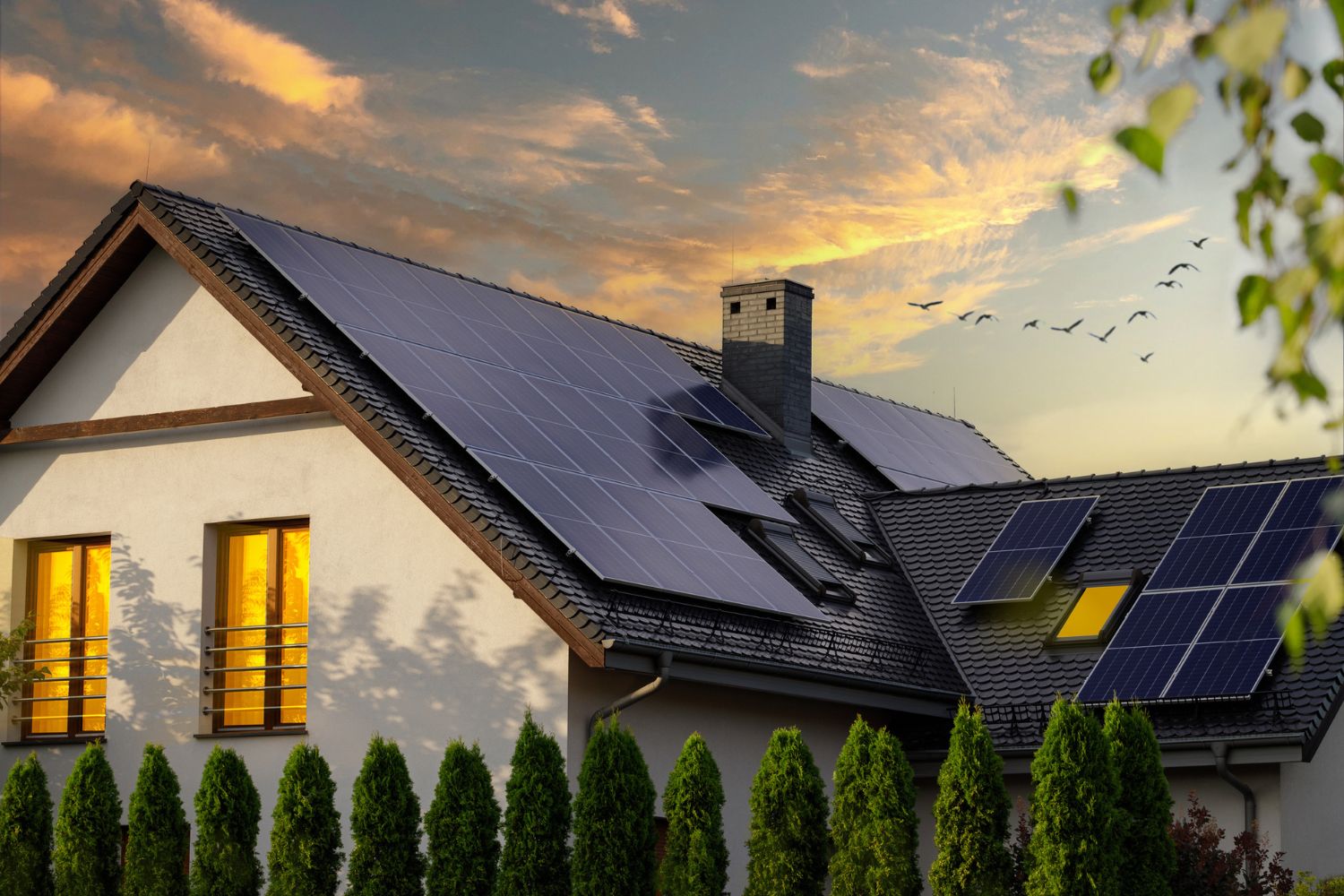
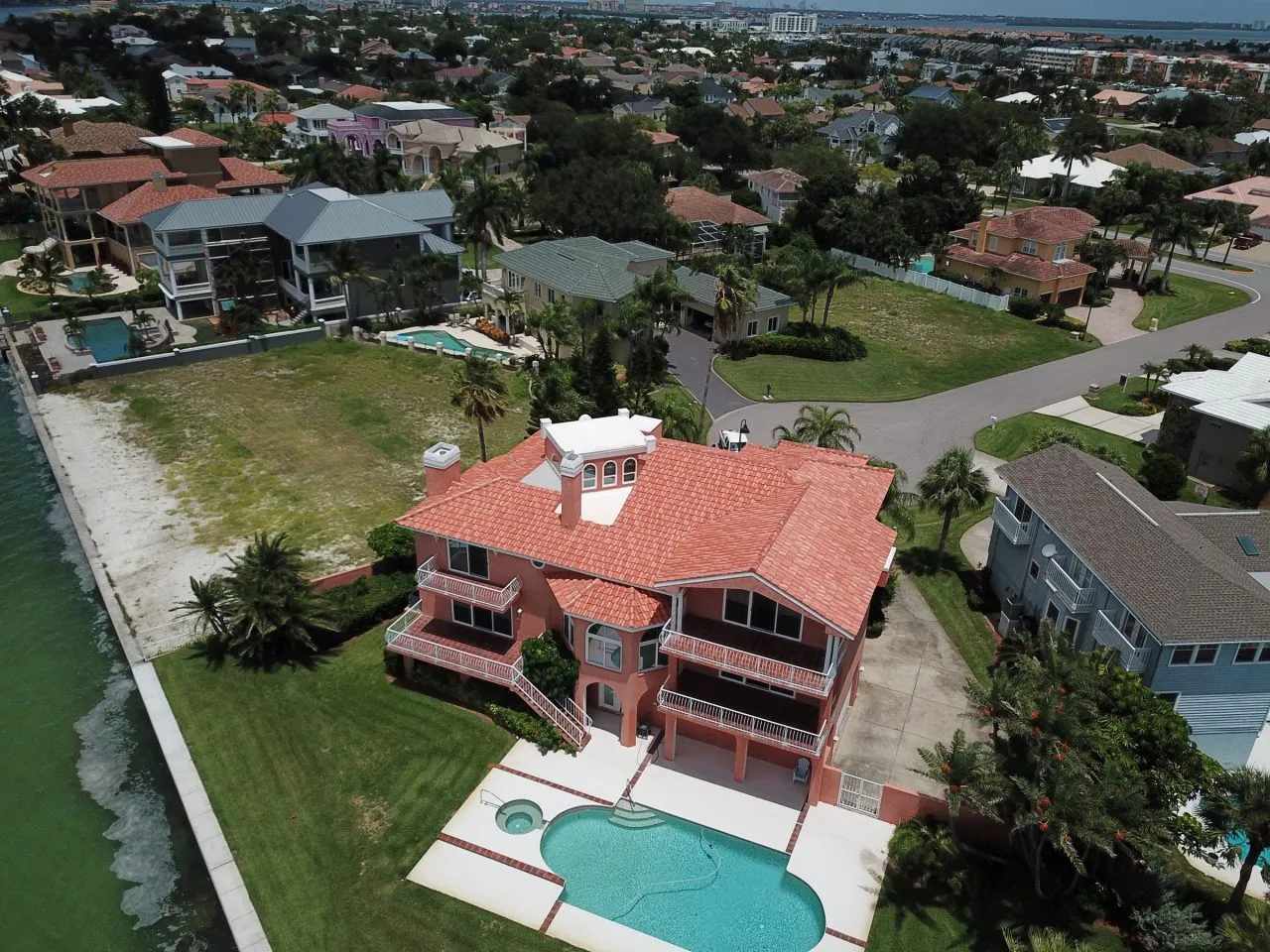
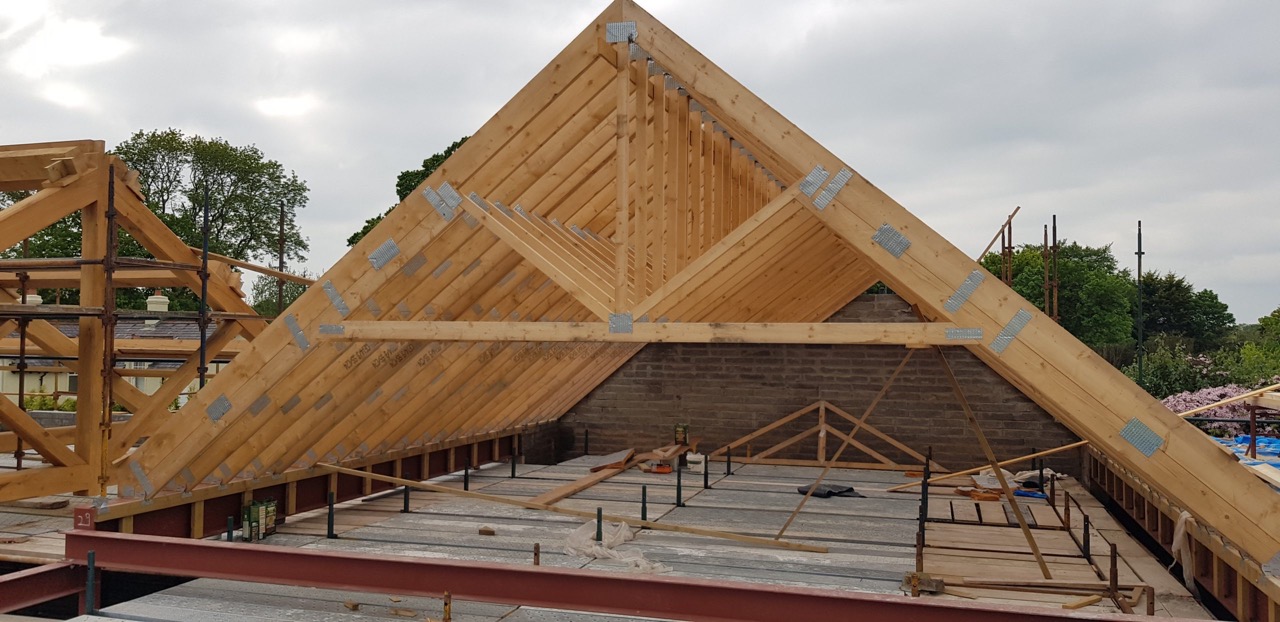
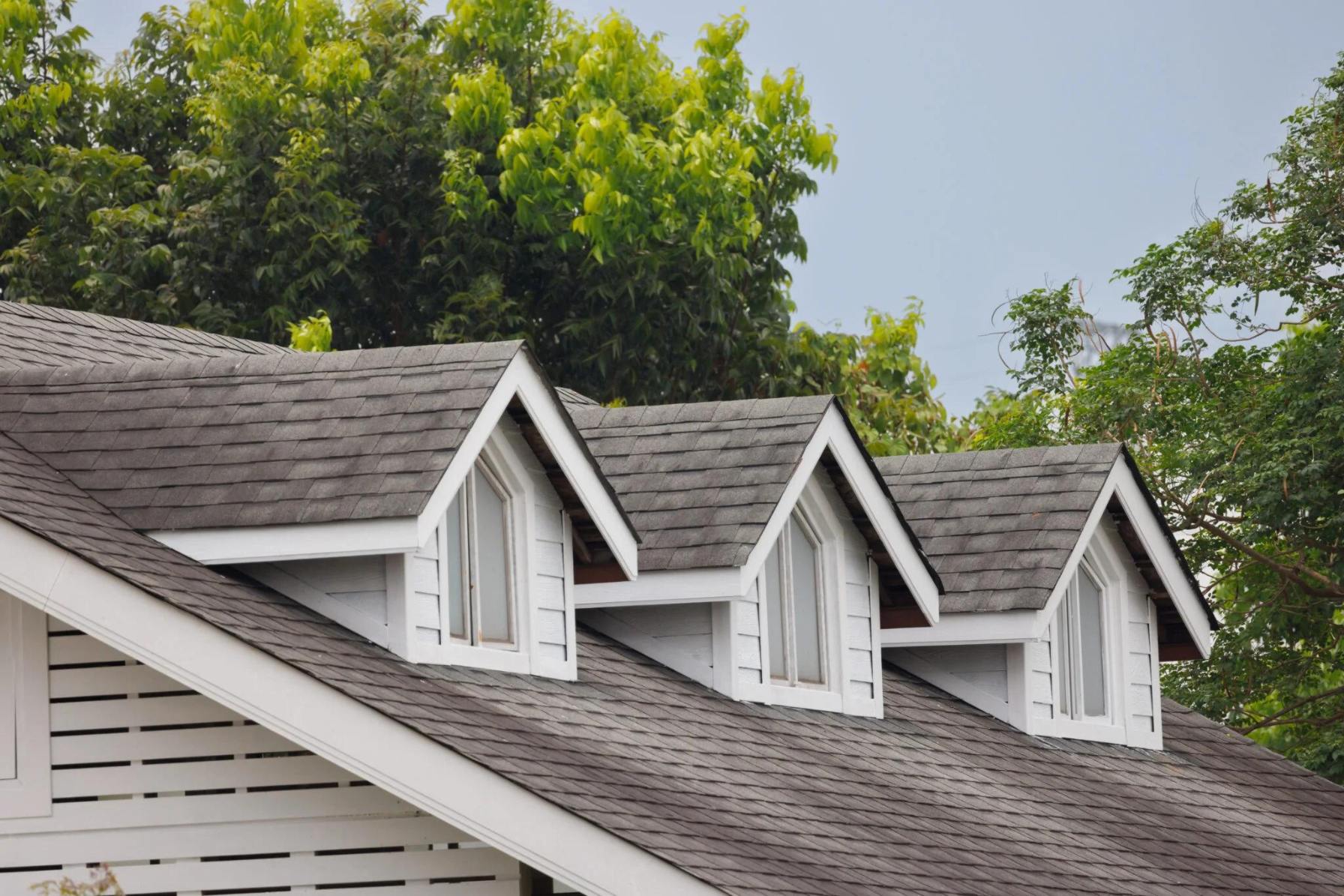
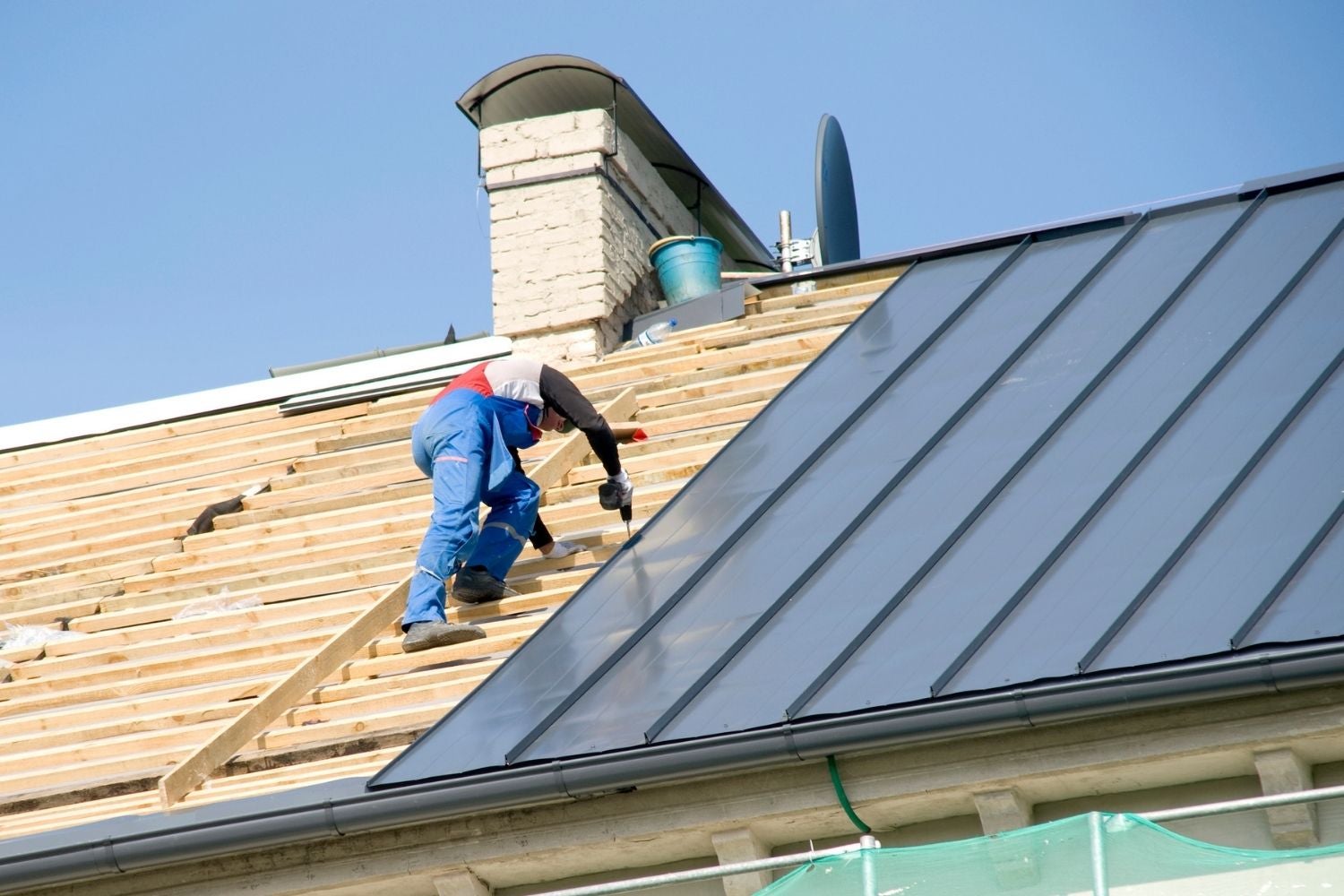
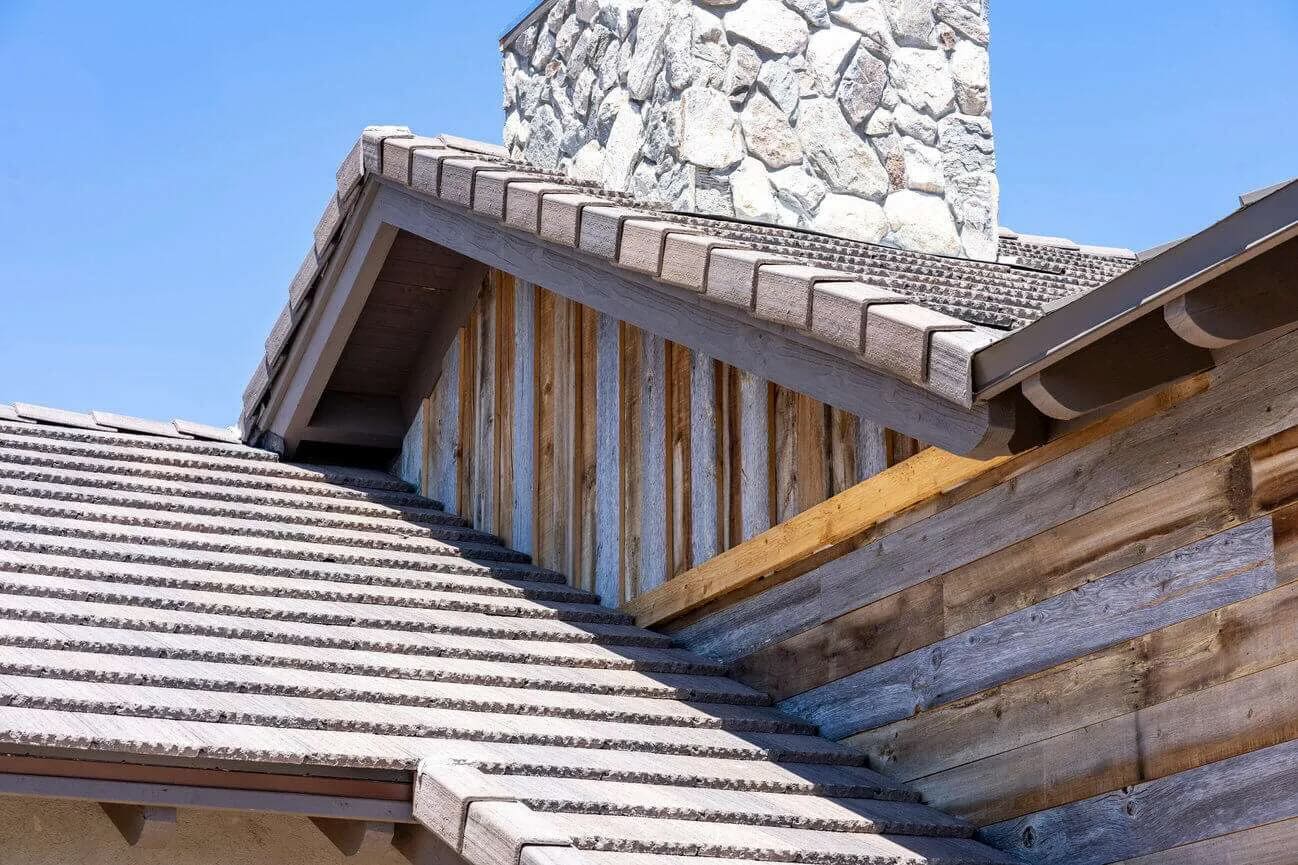
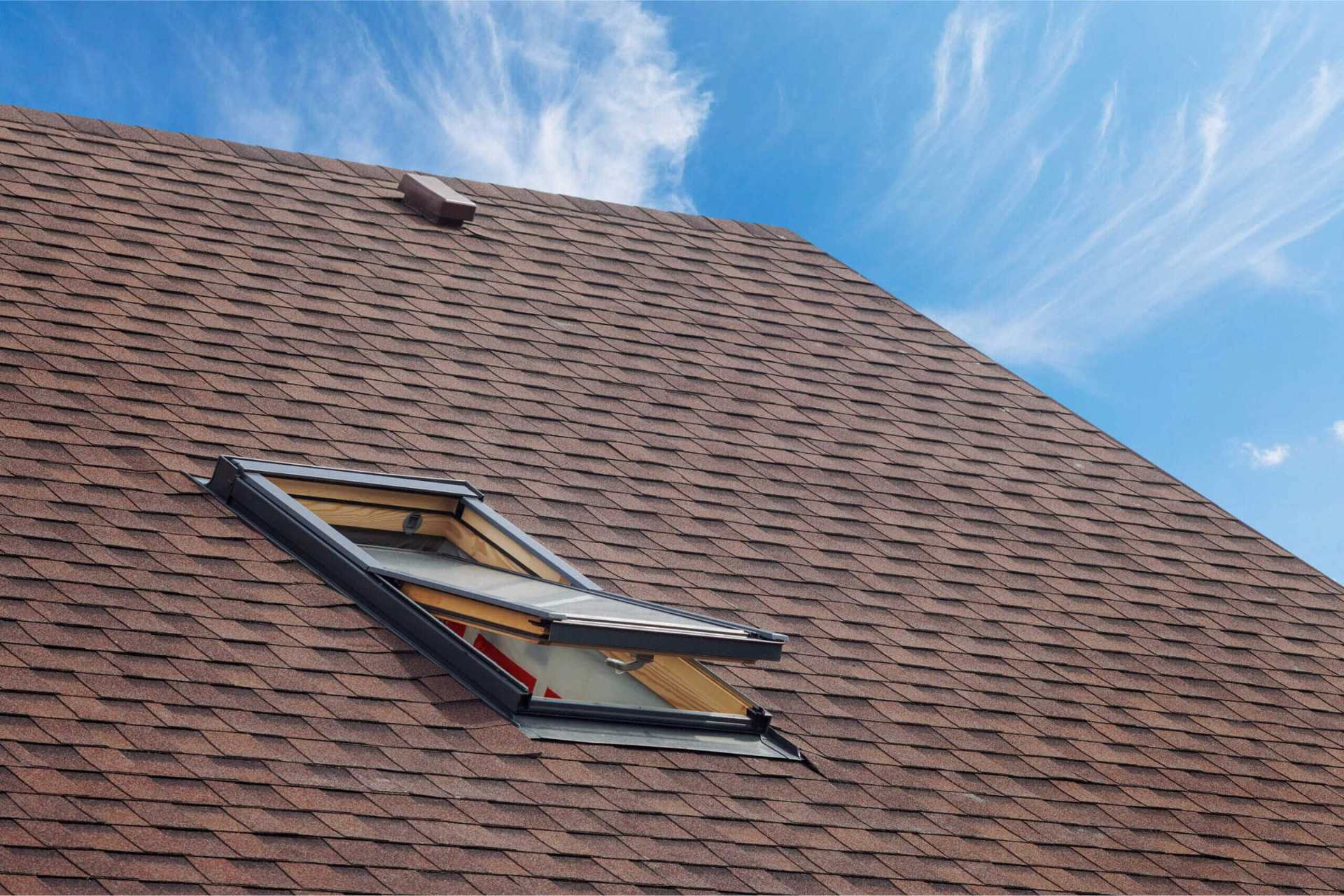
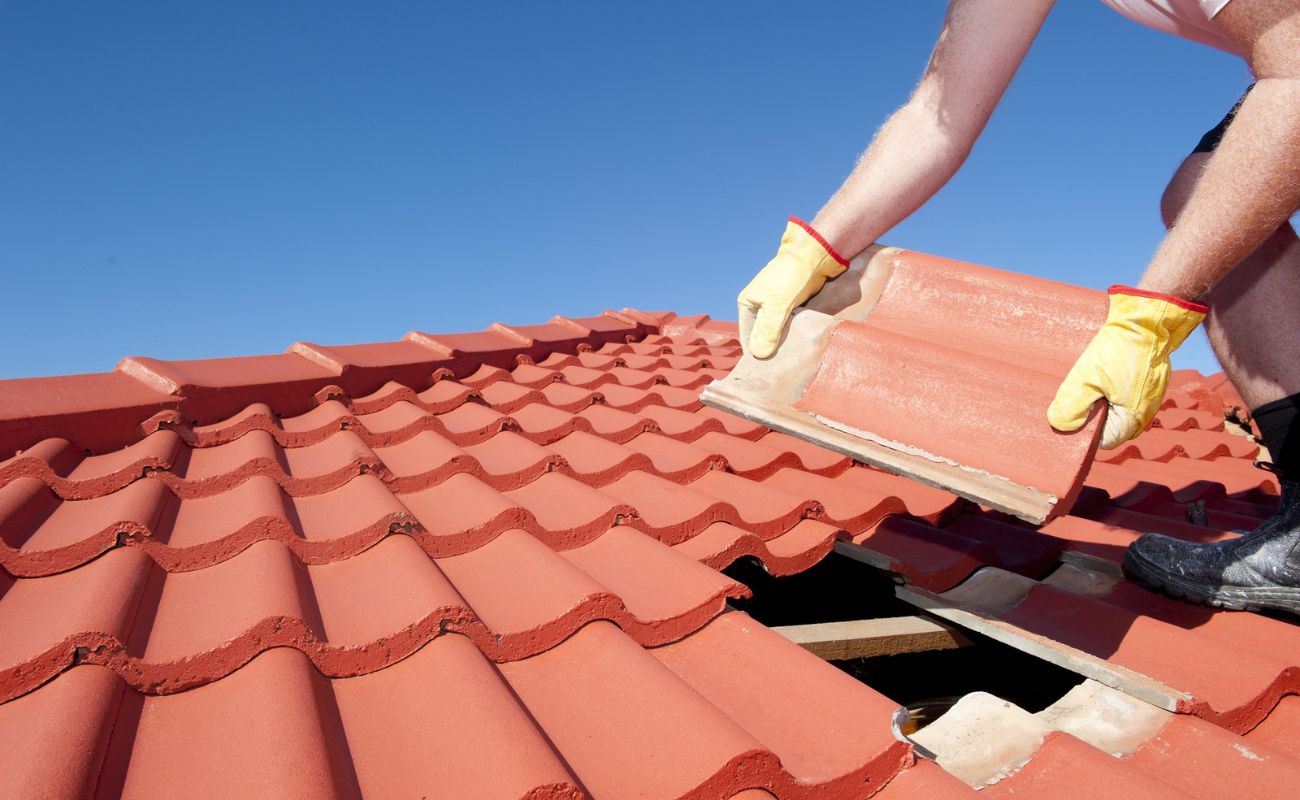

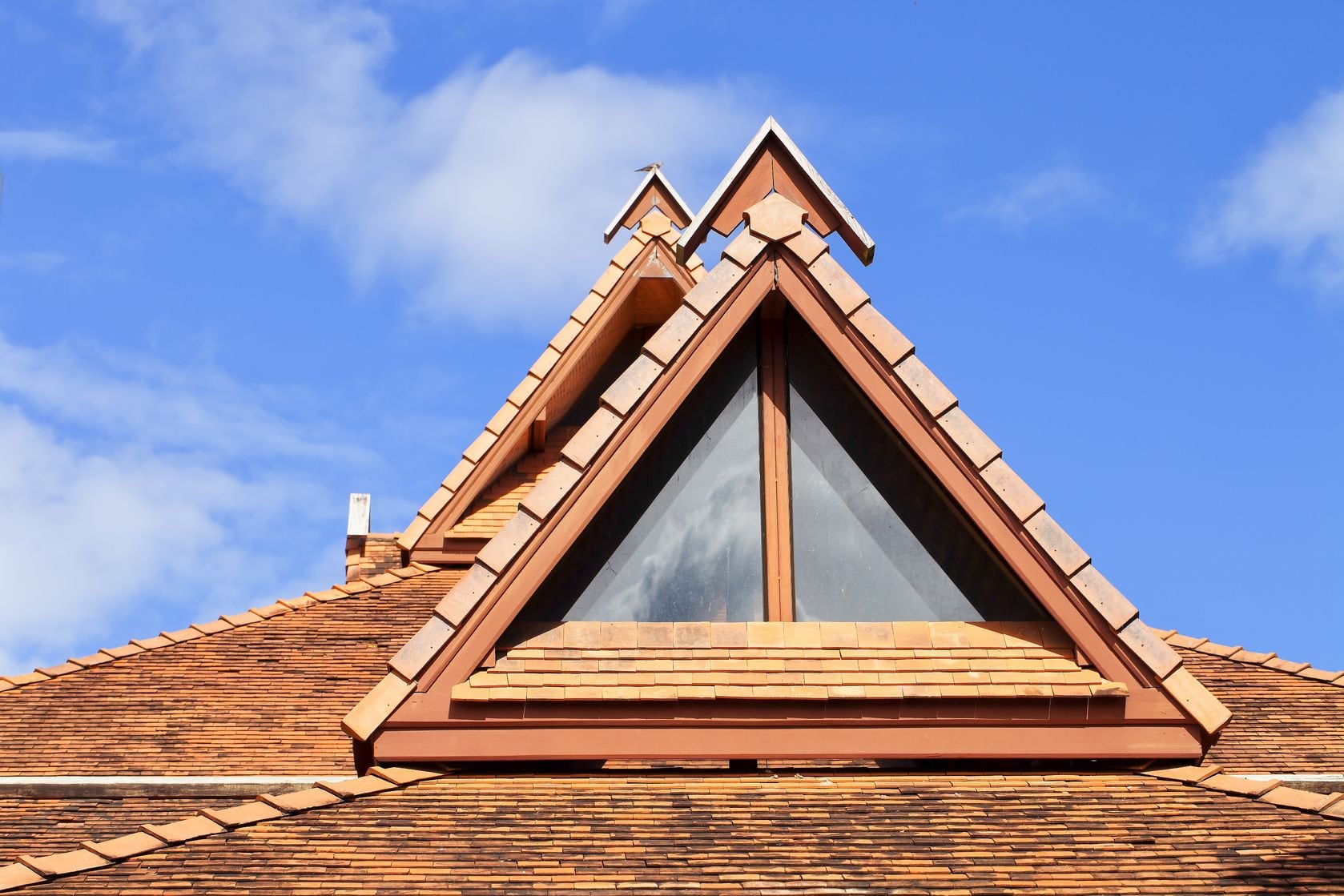
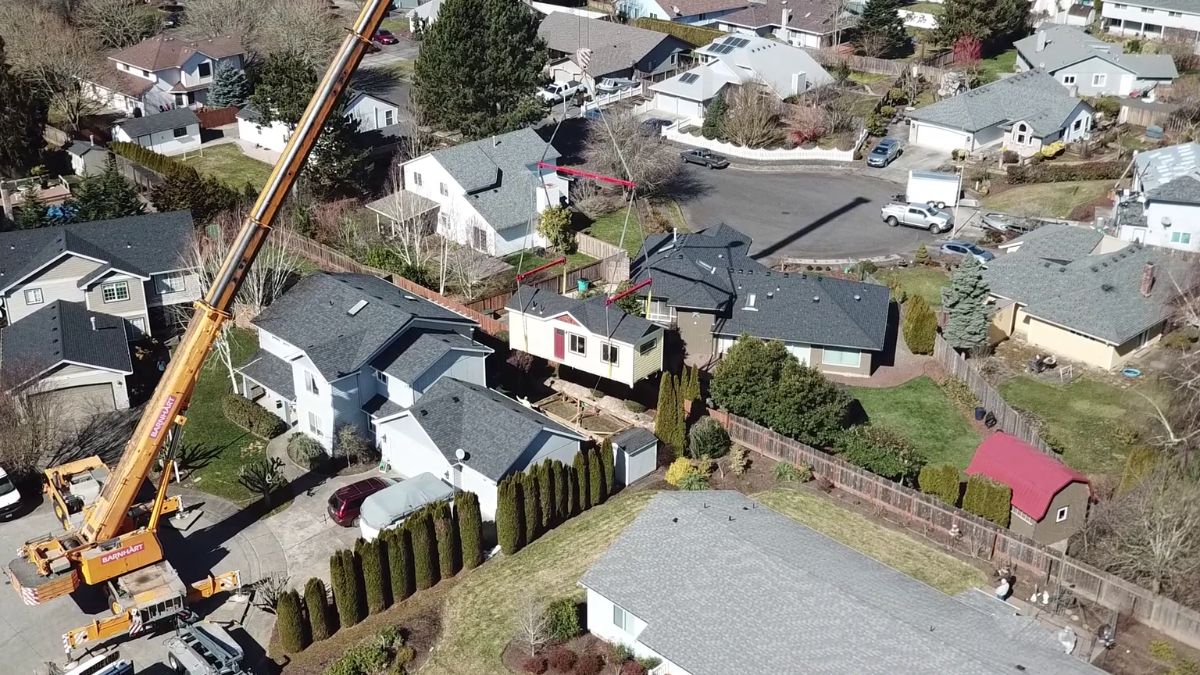
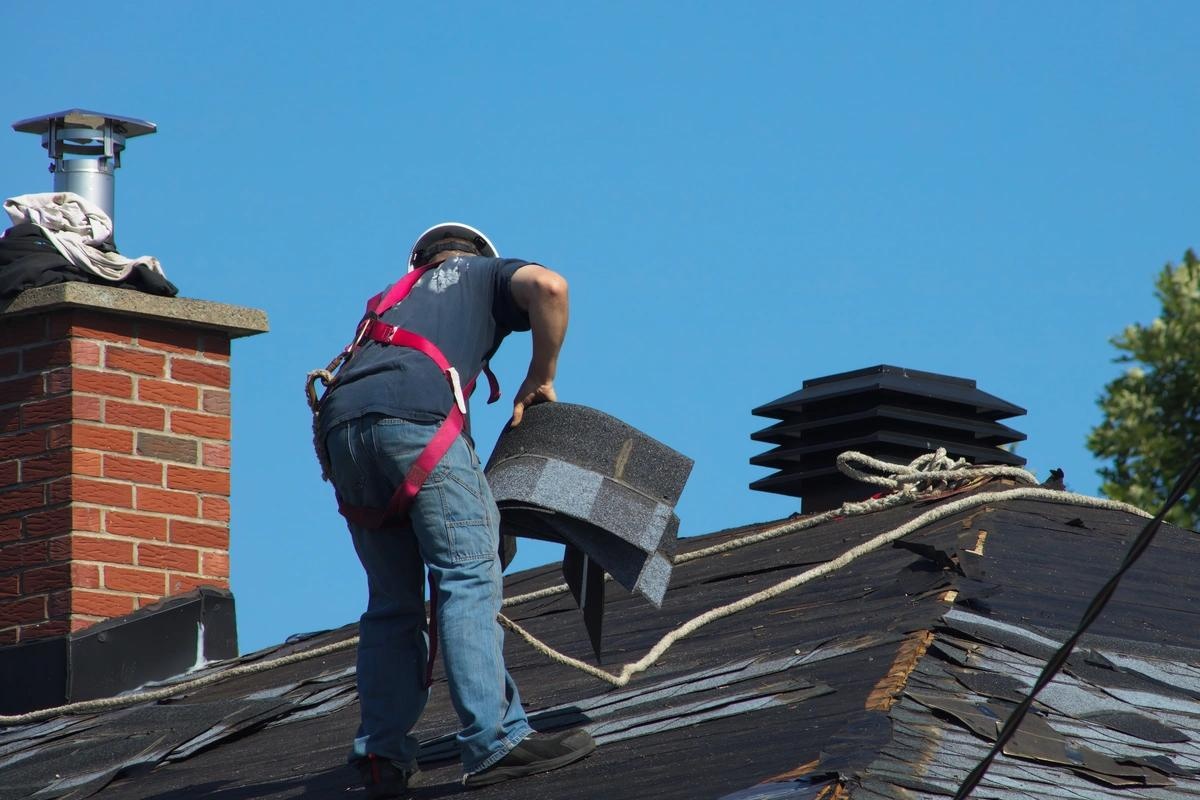
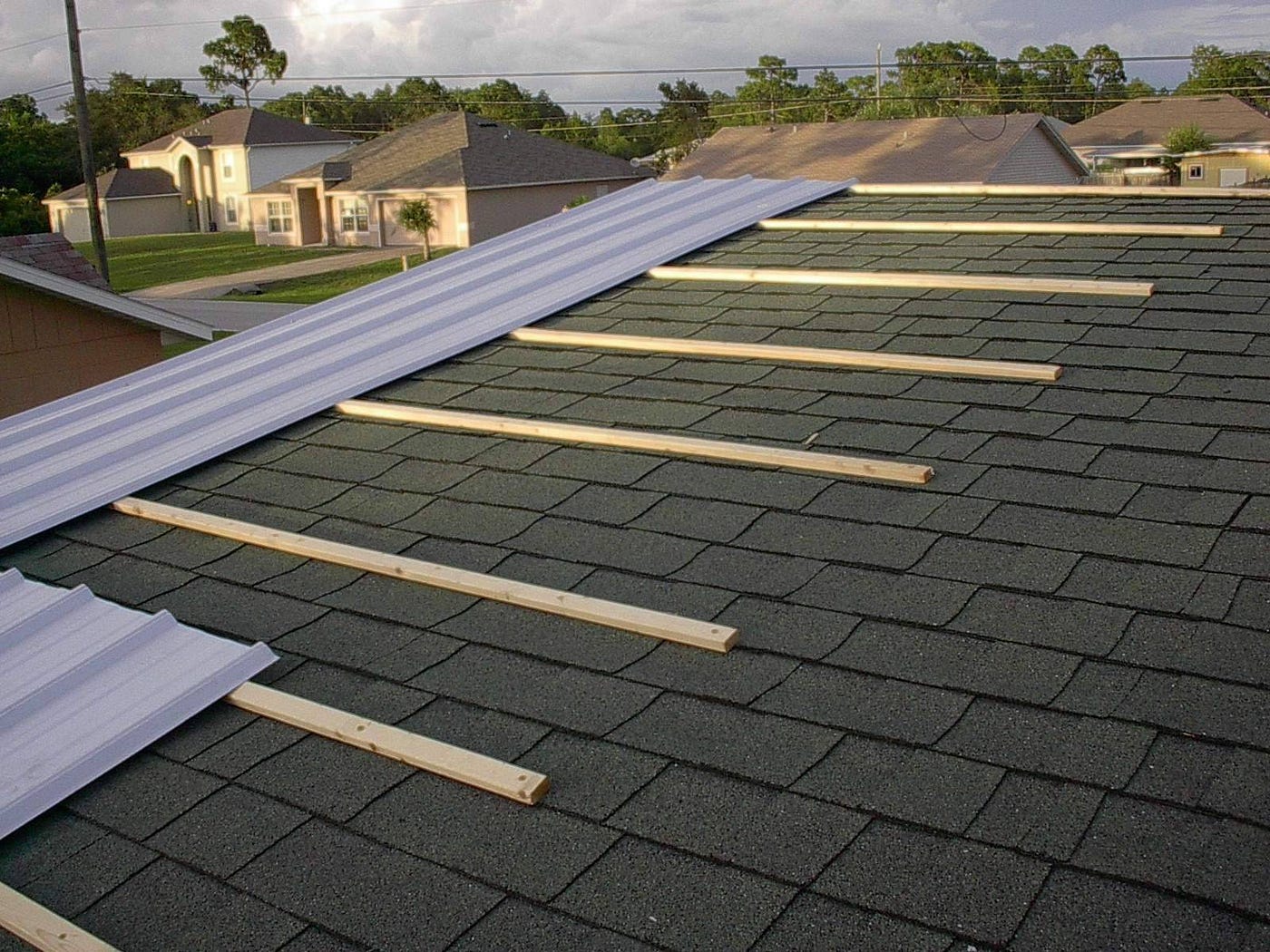
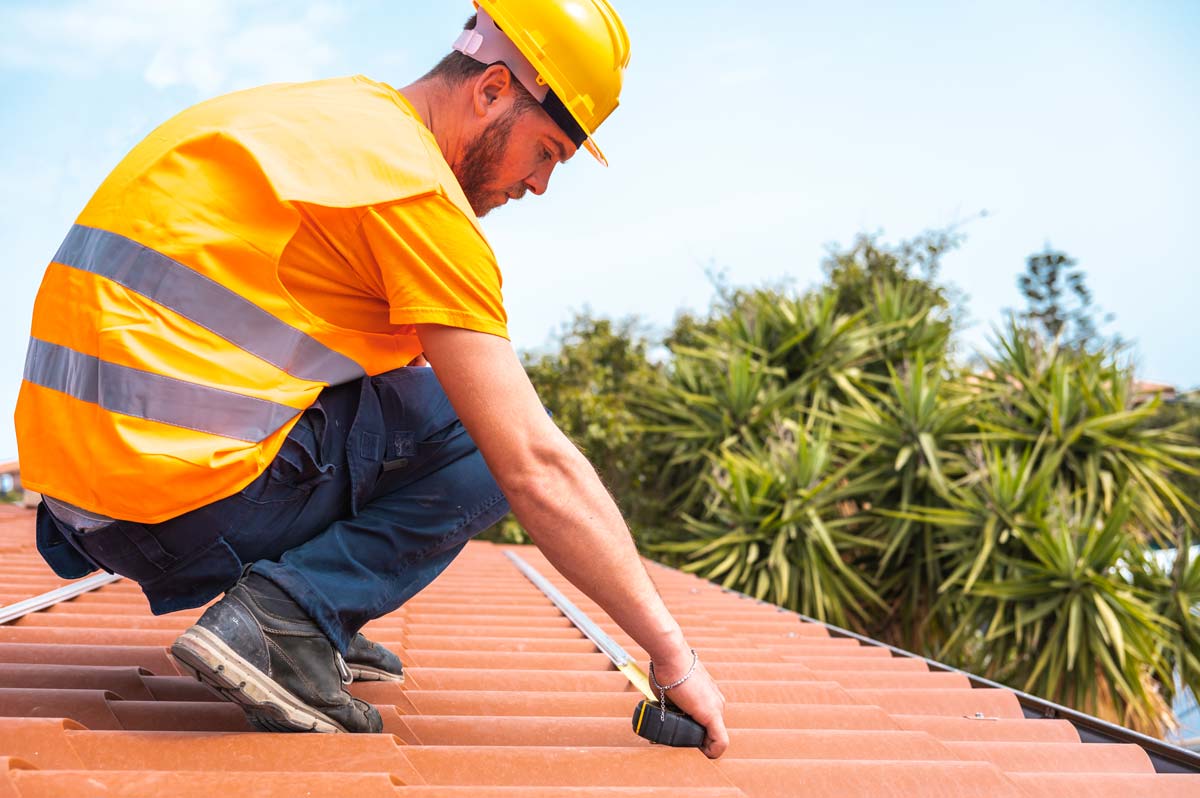

0 thoughts on “How Much Does A Shingle Roof Cost”